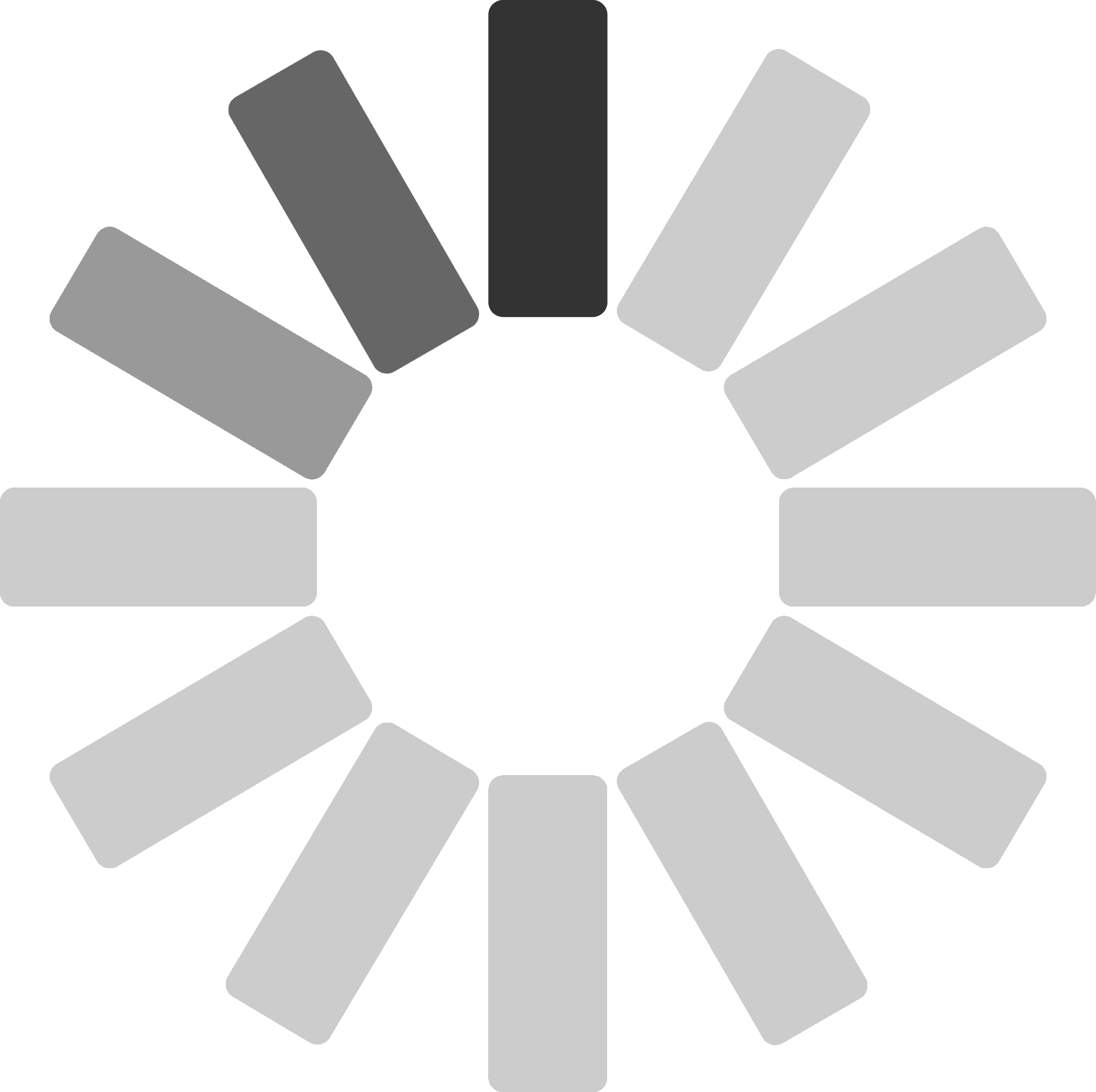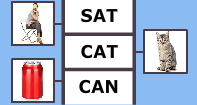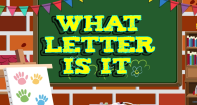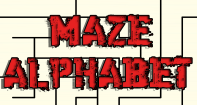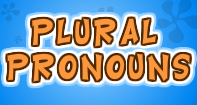Change Avatar
Plural Pronouns
Plural Pronouns
Before we talk about plural pronouns, we need to review exactly what a pronoun is and review singular pronouns.
A pronoun is a word used to replace a noun. In general, nouns are people, places, things, and ideas. Simply put, a pronoun replaces the noun in a sentence. You should be able to put a name or names into where the pronoun is and the sentence should still make sense.
Pronouns help us to not be redundant. Otherwise we would end up repeating ourselves and sounding quite silly. For example, if there were no pronouns, we would say:
Corrine loved Corrine’s new hair clip that Corrine got for Corrine’s birthday.
Instead, we use pronouns!
Corrine loved her new hair clip that she got for her birthday.
Singular pronouns refer to only one noun, while plural pronouns refer to more than one noun at a time.

What is a Plural Pronoun?
Plural pronouns are pronouns that replace a plural noun or group of nouns. Plural means more than one, which is the opposite of singular.
The pronoun replaces a noun called the antecedent. It’s important that the pronoun used agrees with the subject - plural nouns get plural pronouns.
With plural pronouns, sometimes the subject is a single word that is plural, like cats, or engineers, or pencils.
Cats like their paws to stay clean.
We engineers don’t mind getting our hands dirty.
Pencils are good for writing because they have erasers.
Sometimes, though, the subject has more than one noun and is a group of nouns. This happens where there is more than one noun participating with the predicate of the sentence.
Jayron and I devoured the entire pizza before we went to practice.
Jayron and I is the plural noun, and the plural pronoun we replaces it.
There are three different types of Plural Pronouns:
1. First-Person Plural Pronouns - we & us
1st-person Plural Pronouns are used to talk about yourself and another noun or group of nouns in a sentence.
We ride the bus to school.
It is a short ride for us.
2. Second-Person Singular Pronouns - you (all)
When you talk to a group of people, you use the 2nd-person plural pronoun you. It really means “you all,” but the English language doesn’t have another pronoun to mean this like other languages. The contraction y’all is used in some areas as a plural pronoun meaning “you all.”
You won the game.
You all played hard!
This can get tricky, however, because you is used for both singular and plural pronouns.
3. Third-Person Plural Pronouns - they & them
3rd-person plural pronouns are used to represent a group of which you’re not a part.
They ran so fast in the race.
Give the trophy to them.
Are there other types of plural pronouns?
Yes, depending on the type of pronoun you’re using, there are other types when the noun is more than one thing. Here are examples of other plural pronouns by type:
| TYPE OF PRONOUN | PLURAL PRONOUNS |
|---|---|
| Subject | we, you, they |
| Object | us, you, them |
| Possessive | our, your, yours, their, theirs |
| Interrogative | who, whom, whose, what, which |
| Indefinite | both, several, few, many, all |
| Relative | who, whoever, whom, whomever, whose, that, which, whichever |
| Reflexive/Intensive | ourselves, yourselves, themselves |
| Demonstrative | these, those |

How do you use plural pronouns?
When using plural pronouns, you need to be sure that they agree with the nouns they represent. The noun or nouns MUST be plural in order to use a plural pronoun.
For example,
Pets at home seem sad. They can’t wait for their owner to return. CORRECT
Pets at home seem sad. They can’t wait for its owner to return. INCORRECT
Native speakers tend to think incorrect pronouns sound funny. Be careful in writing, however, because it’s easy to misconstrue your meaning if you use the wrong pronoun. The more words there are in a sentence between the subject and the pronouns, the more confusing it can be.
Here is a chart to show you how the plural pronouns we listed above agree with plural nouns when referring to people:
PLURAL PRONOUN AGREEMENT
| TYPE OF PRONOUN | 1st Person Plural | 2nd Person Plural | 3rd Person Plural |
|---|---|---|---|
| Subject | we | you (all) | they, them |
| Object | our | your | their |
| Possessive | our | your | theirs |
| Interrogative | who, whom, whose | who, whom, whose | who, whom, whose |
| Reflexive/Intensive | ourselves | yourself | themselves |
Tricky Situations
#1 - Using indefinite pronouns that are ALWAYS plural.
Both of us went to grab our swimsuits.
Several ducks decided to lead their babies to the water.
All are guilty when speeding in their cars.
#2 - When the noun isn’t overtly plural, like sheep, geese, fish, etc.
Not all nouns appear to be plural - we call these irregular nouns. We usually look for an “s” on the end of words to indicate they constitute more than one, but certain words in the English language indicate plurality without the characteristic “s”.
Here’s a quick list of plural nouns that don’t follow standard rules:
| Singular | Plural | EXCEPTION | Singular | Plural |
|---|---|---|---|---|
| man | men | Replace letters | woman | women |
| child | children | Change spelling | person mouse | people mice |
| deer | deer | Same in both singular and plural | sheep | sheep |
| fish | fish | series | series | |
| gold | gold | Always singular | silver | silver |
| flour | flour | sugar | sugar | |
| scissors | scissors | Always plural | pants | pants |
| glasses | glasses | trousers | trousers | |
| brother-in-law | brothers-in-law | Used with modifiers - ALWAYS CHANGE THE NOUN | guest of honor | Guests of honor |
| daughter-in-law | daughters-in-law | Minister of education | Ministers of education |
It’s important to know when to use the plural pronoun!


